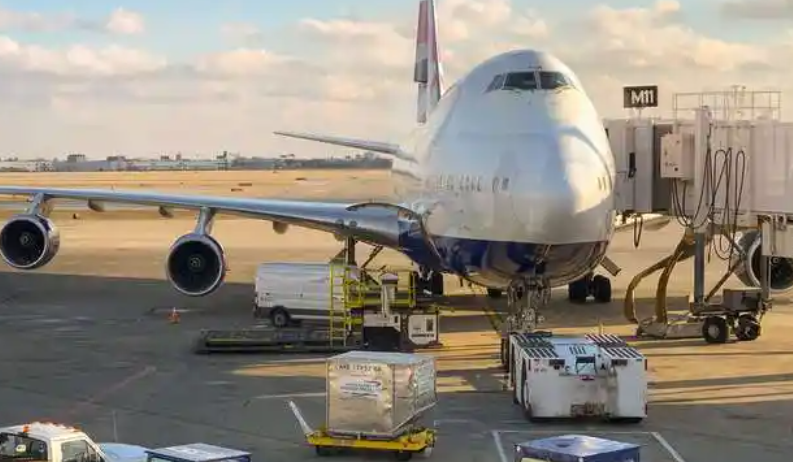
In international air freight, consolidated cargo (combining goods from different shippers and categories in one shipment) presents distinct challenges in document handling and handover compared to single-cargo shipments. This article, brought to you by Winsail Logistics, delves into these differences to provide valuable insights for industry professionals.
Document Handling Disparities
Consolidated cargo demands a blend of "categorized management + holistic coordination" in document handling, featuring a wider array of document types with stronger interconnections. Here are the specific differences:
1. Complexity of Core Documents
Single Cargo: Typically requires just one set of basic documents, including:
- Commercial Invoice
- Packing List
- Airway Bill (AWB, with identical Master and House Bills)
For special cargo (e.g., battery-powered items, chemicals), an additional set of compliance documents (like MSDS, UN38.3) is needed.
Consolidated Cargo: Requires distinguishing between "consolidated documents" and "individual shipment documents":
- Consolidated Documents: One Master Airway Bill (issued by the freight forwarder or airline, covering the entire consolidated shipment), a Consolidated Packing List (summarizing weight, volume, and piece count of all sub-shipments), and a Consolidated Commercial Invoice (required in some cases for overall customs clearance).
- Individual Shipment Documents: Each sub-shipment must have its own Commercial Invoice and Packing List. For special cargo within the consolidation (e.g., some battery-powered, some general cargo), relevant compliance documents (e.g., UN38.3 for battery-powered items) must be attached for each category. These individual documents must strictly align with the consolidated documents in terms of weight and piece count to prevent "document-cargo mismatch".
2. Declaration Information Requirements
Single Cargo: Declaration focuses solely on the item name, HS code, value, etc., of the single shipment, with straightforward logic and minimal error risk.
Consolidated Cargo: Ensuring consistency between "consolidated declaration" and "individual shipment declarations" is crucial. Different sub-shipments may have varying HS codes, tax rates, and regulatory requirements (e.g., some need commodity inspection, others don't). Each category's regulatory requirements must be clearly marked to avoid clearance delays due to declaration errors in any sub-shipment.
3. Document Segregation for Special Cargo
If consolidated cargo includes sensitive items (e.g., batteries, liquids, counterfeit goods) alongside general cargo, sensitive cargo documents must be separately packaged and labeled as "Special Cargo Documents" to distinguish them from general cargo documents, preventing entire shipment delays due to missing or non-compliant sensitive cargo documents.
Handover Process Differences
The handover of consolidated cargo involves multiple parties (shippers, freight forwarders, airlines), with more steps and finer responsibility divisions:
1. Handover Parties and Nodes
Single Cargo: Typically follows a linear handover: "Shipper → Freight Forwarder → Airline", with few steps and clear responsibilities (e.g., the freight forwarder only needs to verify document-cargo consistency).
Consolidated Cargo: Handover nodes are "Multiple Shippers → Primary Freight Forwarder (Consolidator) → Secondary Freight Forwarder (Consolidator for Air Freight) → Airline", involving multiple consolidation and distribution stages:
- The primary freight forwarder receives goods from various shippers, checks if individual shipment documents match the cargo, and then transfers to the secondary freight forwarder.
- The secondary freight forwarder compiles all sub-shipments, generates consolidated documents, and submits both consolidated and individual shipment documents to the airline during handover. The airline accepts the shipment after verifying that the total weight and piece count match the Master Airway Bill.
2. Cargo-Document Matching Verification
Single Cargo: Only needs to verify that the piece count and weight of the single shipment match the documents.
Consolidated Cargo: Requires "dual-layer verification":
- First Layer: Check if individual shipment documents match the physical cargo (e.g., if the weight of Shipment A matches its Packing List).
- Second Layer: Sum up the weight and piece count of all sub-shipments and verify against the consolidated documents (Master Airway Bill, Consolidated Packing List) to ensure "sum of individual shipments = consolidated data", preventing entire shipment delays due to data errors in any sub-shipment.
3. Responsibility Division and Risk Assumption
Single Cargo: If issues arise with documents or cargo, the responsible party is clear (e.g., the shipper bears responsibility for incorrect invoices).
Consolidated Cargo: Responsibility division is more complex:
- If non-compliant documents for a sub-shipment (e.g., missing MSDS for sensitive cargo) cause entire shipment detention, the shipper of that sub-shipment must cover demurrage, return shipping costs, etc., for the entire shipment.
- The freight forwarder (consolidator for air freight) bears responsibility for verifying document completeness. If they fail to detect missing individual shipment documents, they may face joint liability.
This concludes our comprehensive guide by Winsail Logistics. For any international logistics service needs, we recommend consulting our professional international logistics consultants at Winsail Logistics for customized solutions. Our free intelligent real-time price comparison service helps you save on logistics costs. Stay tuned for more industry insights!
-
 Key Differences in Document Handling & Handover for Consolidated Air FreightJul 16,2025
Key Differences in Document Handling & Handover for Consolidated Air FreightJul 16,2025 -
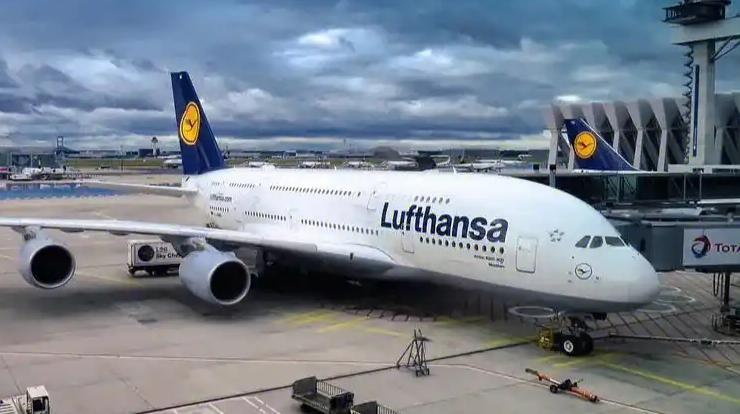 Unveils the Comprehensive Glossary of Air Freight Terms: Decode AWB, ULD, TACT & MoreJul 15,2025
Unveils the Comprehensive Glossary of Air Freight Terms: Decode AWB, ULD, TACT & MoreJul 15,2025 -
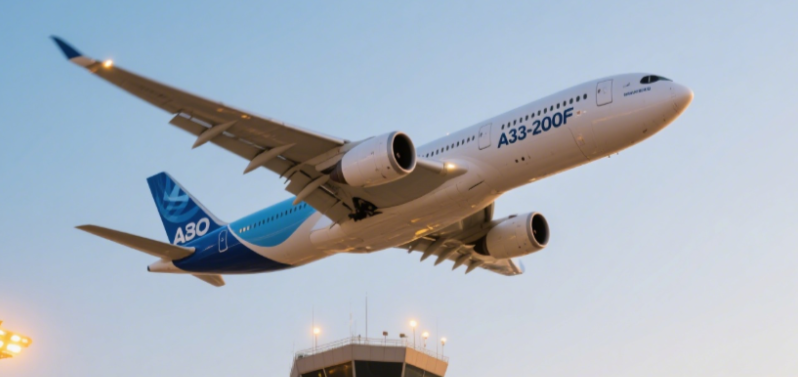 USA DDP By Air vs. International Express: A Comparative Analysis of 3 Core DifferencesJul 15,2025
USA DDP By Air vs. International Express: A Comparative Analysis of 3 Core DifferencesJul 15,2025 -
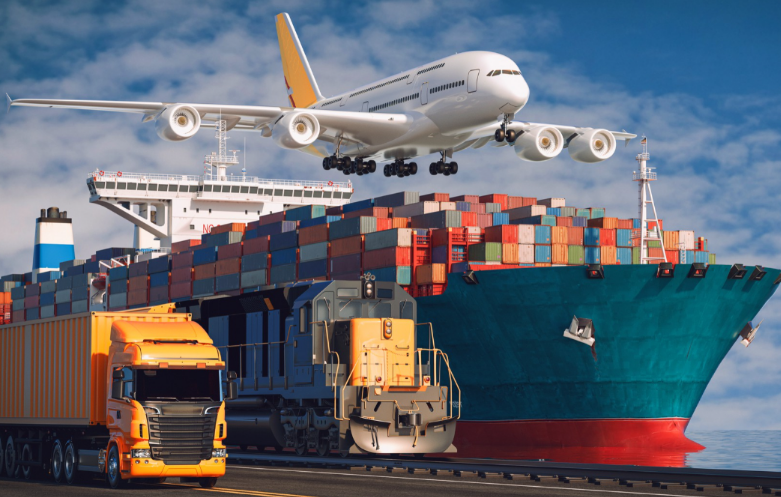 What are the shipping options from China to USA?Jun 24,2025
What are the shipping options from China to USA?Jun 24,2025 -
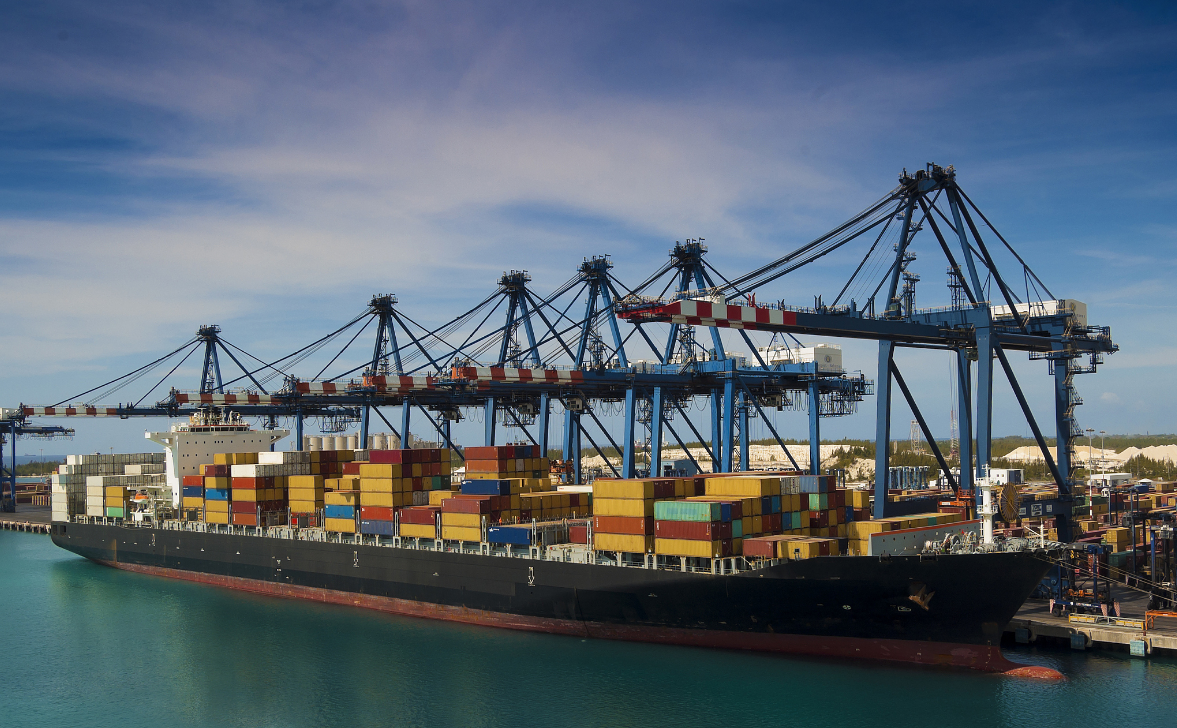 Shipping Costs from China to IsraelJun 23,2025
Shipping Costs from China to IsraelJun 23,2025 -
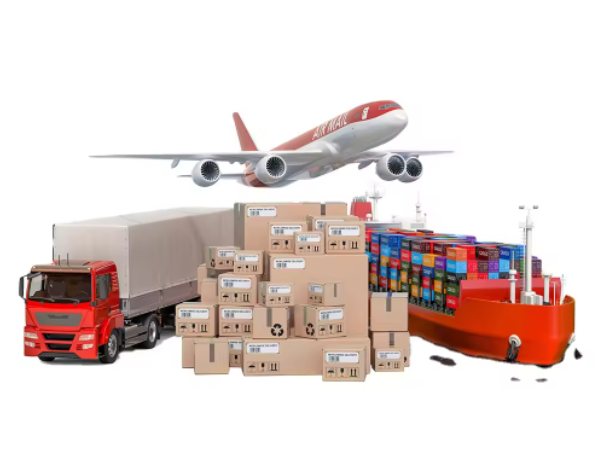 Door to door or DDP shipping from China to Mombasa, KenyaJun 20,2025
Door to door or DDP shipping from China to Mombasa, KenyaJun 20,2025

